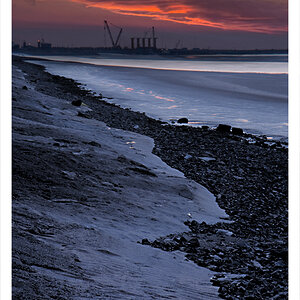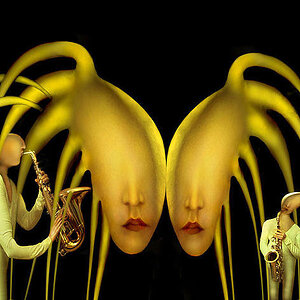Commonman
TPF Noob!
- Joined
- Jan 4, 2007
- Messages
- 201
- Reaction score
- 0
- Location
- St. Paul, Minnesota
- Can others edit my Photos
- Photos NOT OK to edit
I just went out and shot in RAW for the first time. I imported the files into my iPhoto program, viewed the images through iPhoto and viewed them also by just using the "preview" function.
I did not notice much of a difference beween the way the RAW files looked on the computer and the JPEG files (which is the format I had shooting in before today).
I used the same camera for both the JPEG and RAW shooting.
Should the RAW files look better? I'm thinking that this all depends on the resolution of my computer screen. For an amateur who is NOT doing a lot of editing or digital dark room work, is there really any advantage to shooting in RAW?
I did not notice much of a difference beween the way the RAW files looked on the computer and the JPEG files (which is the format I had shooting in before today).
I used the same camera for both the JPEG and RAW shooting.
Should the RAW files look better? I'm thinking that this all depends on the resolution of my computer screen. For an amateur who is NOT doing a lot of editing or digital dark room work, is there really any advantage to shooting in RAW?


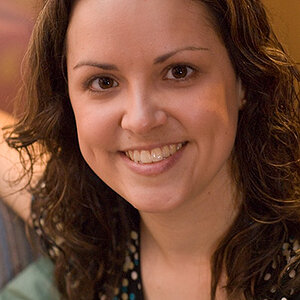

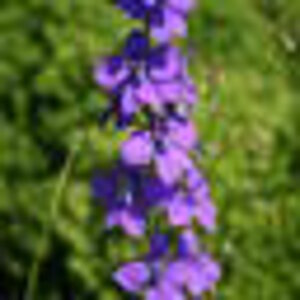
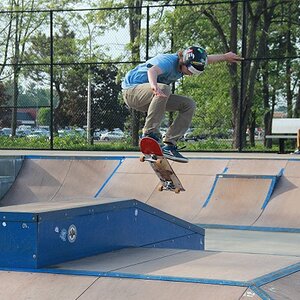
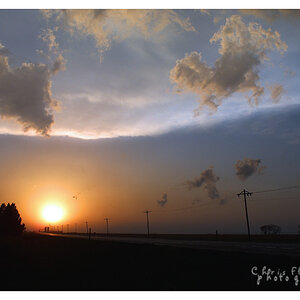
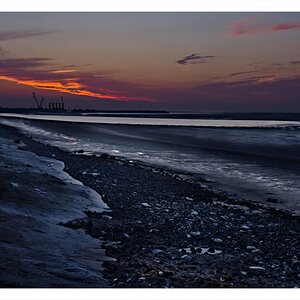

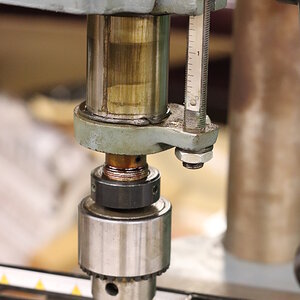
![[No title]](/data/xfmg/thumbnail/38/38262-10a9668da9a2b36a92cddde57caf87bc.jpg?1619738547)
![[No title]](/data/xfmg/thumbnail/35/35262-02f8eba4a2a92dbae0b55547bba80b4f.jpg?1619736968)
